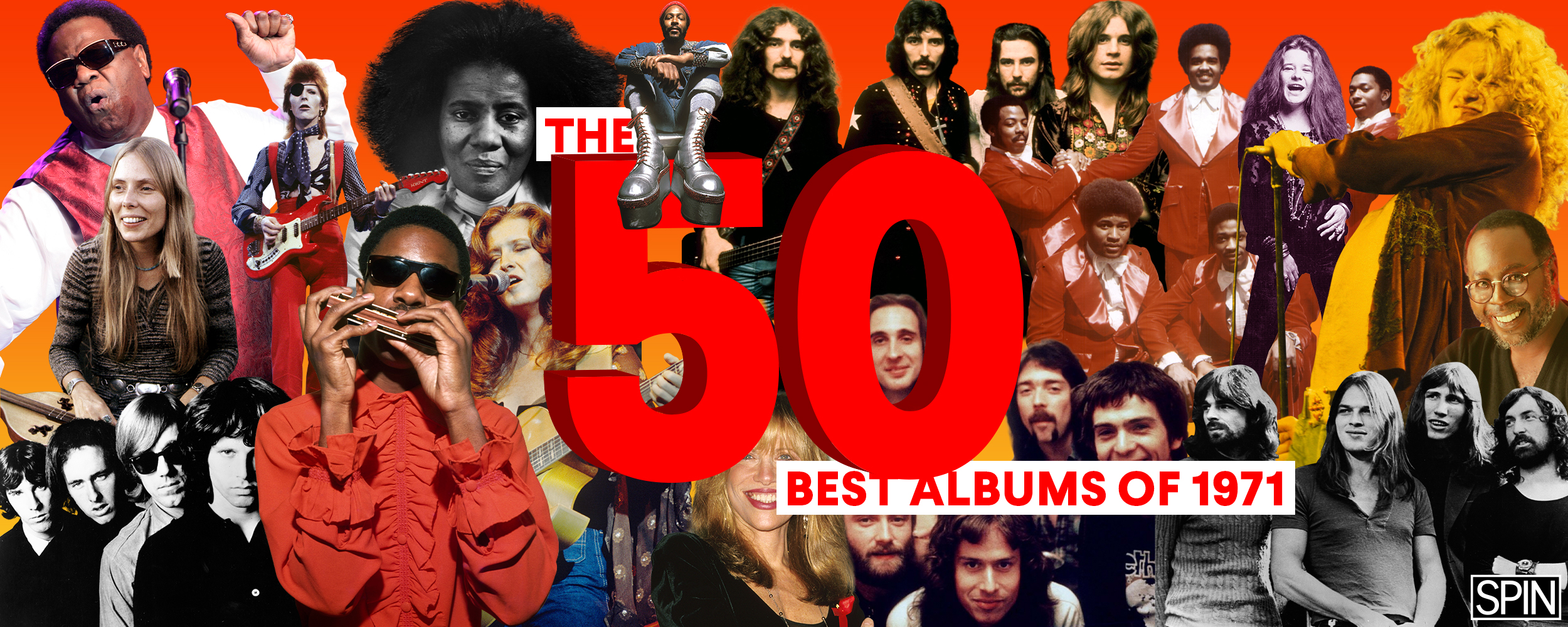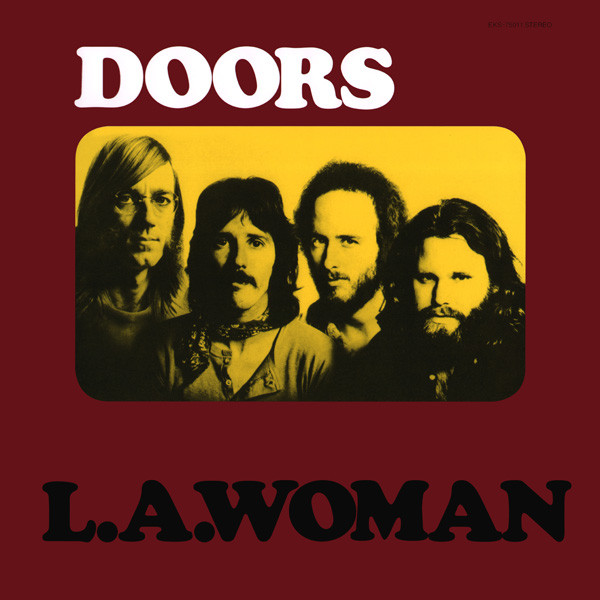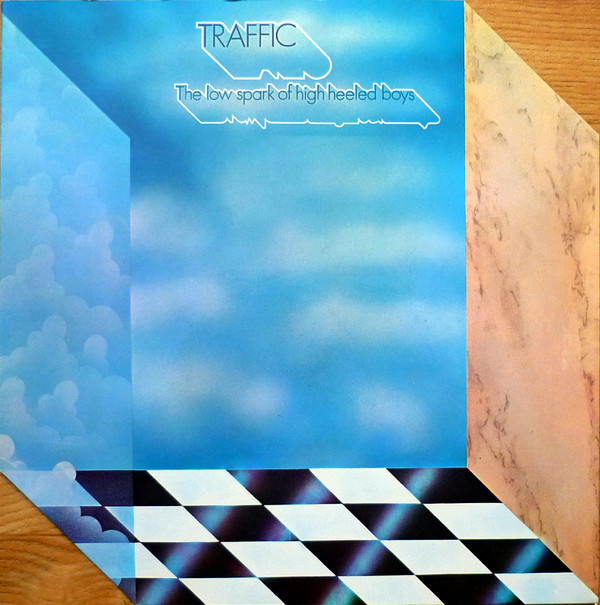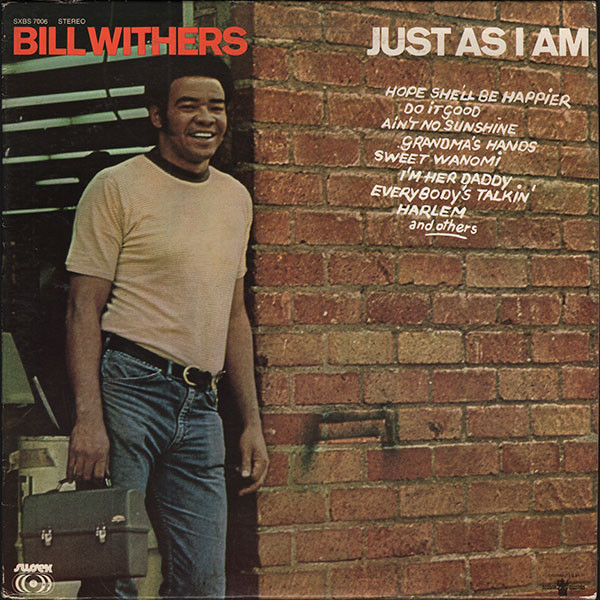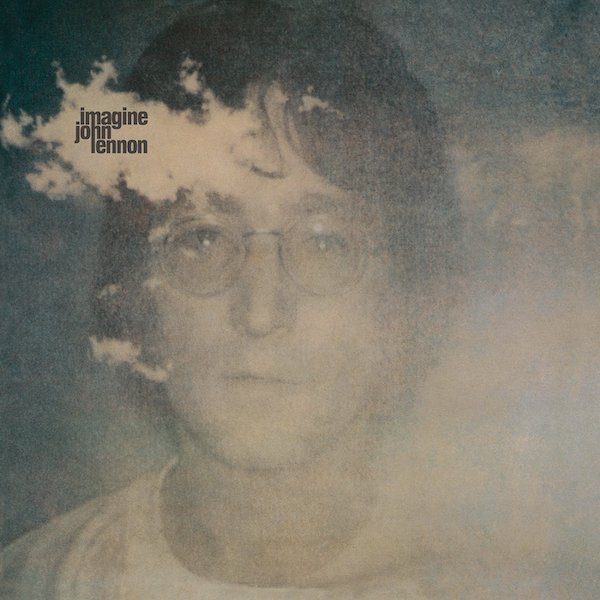30. Al Green – Al Green Gets Next to You
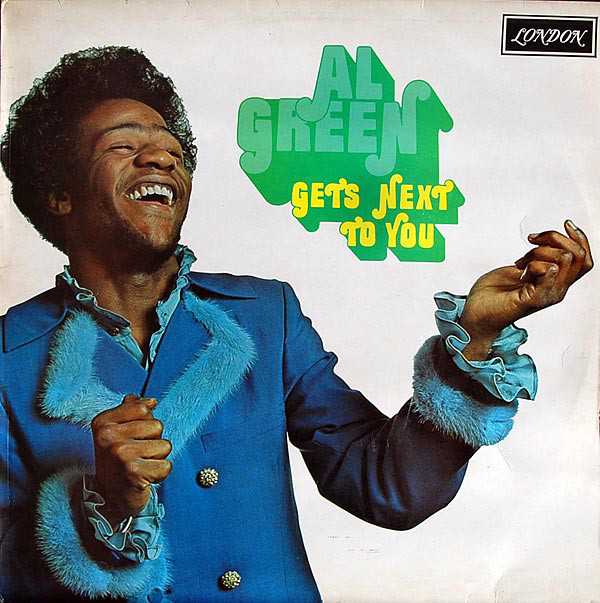
Al Green Gets Next to You defined the singer’s vocal sound. After years of trying in vain to find an audience by emulating his music heroes — Jackie Wilson, Sam Cooke and Wilson Pickett — Green signed to the label of Memphis record producer Willie Mitchell. At Hi Records, Mitchell elicited the gentle ache in Green’s voice by knocking back the tempo and throwing some curveballs with his Hi Rhythm Section. The result is a glorious brew of soul, blues, gospel and funk. Green recasts the Temptations’ “I Can’t Get Next to You” as a sultry aria. The Doors’ tootling “Light My Fire” becomes a bouquet of brass. Green lets his voice ring beatifically on Little Johnny Taylor’s “God Is Standing By” — but on the next track, the original “Tired of Being Alone, that righteousness dwindles to a plea that grows more forlorn with every measure. – S.G.
29. Flower Travellin’ Band – Satori
Flower Travellin’ Band’s second record opens with one of the great fake-outs in rock history: After one barely audible, unconfident note from what sounds like a flute, Joe Yamanaka barks out a throat-shredding scream — pulling us jarringly into the sinister psych-metal landscapes of Satori. The Japanese quartet maintain that Sabbath-like heaviness throughout the five-track LP, from the bluesy grind and overdriven guitar leads of “Satori Part II” to the jagged, staccato riffs of “Satori Part V.” A semi-lost classic. – R.R.
28. Cat Stevens – Teaser and the Firecat
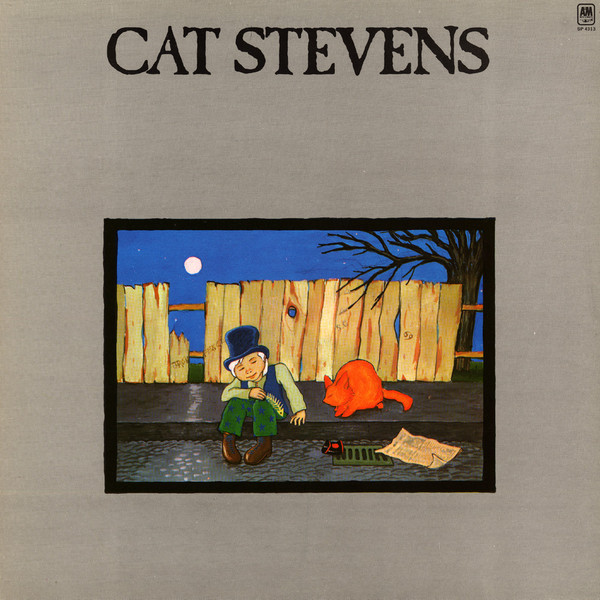
Cat Stevens’ triple-platinum fifth LP contains three of his most-cherished folk-rock hits: the sweetly strummed “Moonshadow,” a cover of the Christian hymn “Morning Has Broken” and the perky “Peace Train,” which became the singer’s first top 10 U.S. single. Stevens — who changed his name to Yusuf Islam after converting to Islam in 1977 — also wrote and illustrated a Teaser and the Firecat children’s book, about a man and his cat who try to put the moon back in the sky after it falls to Earth with a “thump.” – Liza Lentini
27. Gentle Giant – Acquiring the Taste
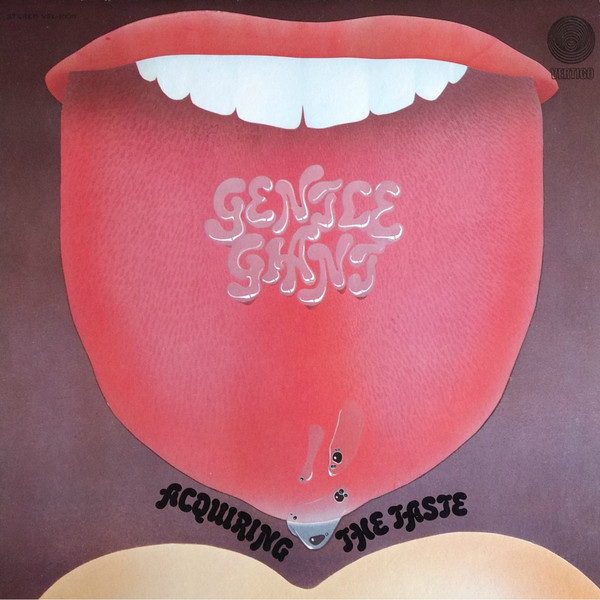
They were too uncommercial to achieve the same widespread prog credentials as Genesis, Yes or ELP. But outside of a brief sonic streamlining in the late ’70s and early ’80s, Gentle Giant were the most committed to the genre’s ideals. Their second LP came with the following mission statement on the sleeve: “It is our goal to expand the frontiers of contemporary popular music at the risk of being very unpopular.” In a sense, they failed — no major rock bands followed the lead of their complex, dissonant vocal harmonies (“Pantagruel’s Nativity”) or unorthodox instrumentation (the xylophone and tympani of “Edge of Twilight”). Except Gentle Giant, of course: Acquiring the Taste was just the beginning. – R.R.
26. Stevie Wonder – Where I’m Coming From
On Where I’m Coming From, Stevie Wonder began to shape his ever-ecstatic vocals around his own identity. Trim love anthems like “If You Really Love Me” meet lengthier, more expansive tracks like “Do Yourself a Favor” and “I Wanna Talk To You,” revealing Wonder’s interest in exploring social issues through his music (an approach that labelmate Marvin Gaye would follow up on a month later with What’s Going On). The album, self-produced by Wonder and co-written by his then-wife, Syreeta Wright, cemented his now-familiar image as a virtuosic singer and ambassador of positive thinking. – T.M.P.
25. T. Rex – Electric Warrior
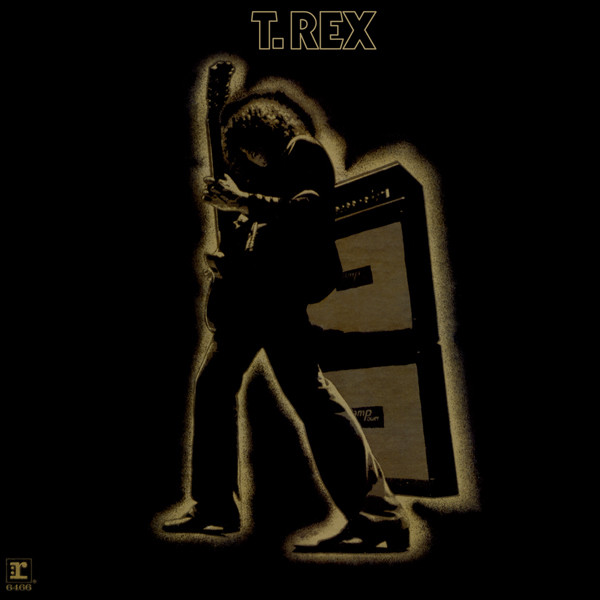
T. Rex’s Electric Warrior exemplifies both the too-short British glam reign and the catchiest, most creative strains of blues-born ‘70s rock. Throughout the 11-track album — produced by Tony Visconti (David Bowie) and engineered by Roy Thomas Baker (Queen) — hits like “Bang a Gong (Get It On)” and “Jeepster” rub shoulders with equally classic deep cuts like the jagged “Rip Off” and “The Motivator,” which boasts a sexy strut. T. Rex, led by singer-songwriter Marc Bolan, honed to perfection a clap-along bubblegum-meets-mystical vibe on the aptly titled Electric Warrior. – K.T.
24. Caravan – In the Land of Grey and Pink
Many members of the so-called “Canterbury scene” have rejected that label, at least on a geographic basis. But this accidental British movement — which emerged during the late ’60s and flourished the following decade — still spawned some of the era’s quirkiest, most user-friendly prog tunes. The third Caravan album is definitive Canterbury, balancing silly pop songs about raining golf balls (“Golf Girl”) with jazzy, psychedelic instrumental workouts (the 23-minute “Nine Feet Underground”). – R.R.
23. The Doors – L.A. Woman
Jim Morrison’s final album, released three months before his death, is arguably the Doors’ single greatest effort — a searing blues-rock record that captured the band in the purest form since their debut (and avoided much of the frontman’s weighty pretension). Some bittersweet lore still surrounds “Riders on the Storm,” the last song Morrison ever recorded with the group. But even if that haunting closer didn’t appear on L.A. Woman, it’d still be a classic, led by Morrison’s raw, blistering vocal performance — highlighted on “The Changeling,” “Been Down So Long” and the nearly eight-minute title track, extolling his beloved “city of night.” The whole record demonstrates Morrison’s core commitment to the blues, more fervently focused here than on previous works. While the band played L.A. Woman material live only four times before Morrison’s death, the LP still sounds largely like a live record. It was laid down almost entirely in the room, without the more lush arrangements of producer mainstay Paul Rothchild, who’d polished every previous Doors album. The result was tight, furious playing and a fitting farewell for one of America’s most storied rock stars. – B.O.
22. Traffic – The Low Spark of High Heeled Boys
The 12-minute title track of Traffic’s fifth studio LP was never officially released as a single. That didn’t stop rock radio stations from playing it, highlighting one of the 1970s’ defining factors: listeners with fortitude. The Low Spark of High Heeled Boys also includes the very minor hit “Rock & Roll Stew,” co-written by drummer Jim Gordon and bassist Ric Grech. This is the only Traffic studio album to feature the duo, who brought power and versatility to the rhythm section. – L.L.
21. Pink Floyd – Meddle
Meddle is Pink Floyd’s bridge album between the group’s Syd Barrett-influenced psychedelic phase and their eventual stadium rock success. It’s not often mentioned in the same breath as the more popular The Dark Side of the Moon, Wish You Were Here or The Wall, which makes Meddle underrated but brilliant nonetheless. The album is best-known for two sonically diverging tracks: The first is the spacey, turbulent rock instrumental “One of These Days,” highlighted by the double-tracked bass of Roger Waters and David Gilmour. The second is the 23-minute epic “Echoes,” which occupies the vinyl LP’s entire second side. Marked by a repeating submarine-like “ping” at the very beginning, this sweeping, cinematic track seamlessly ebbs and flows through different styles, including ambient, funk and the avant-garde — a precursor of sorts to “Shine On You Crazy Diamond,” the band’s 1975 tribute to Barrett. – David Chiu
20. Bill Withers – Just as I Am
Bill Withers was famously still working at a factory when “Ain’t No Sunshine” debuted on the charts, but his debut album soon allowed the everyman soul singer to quit his day job. In the 2009 documentary Still Bill, Withers outlined how his lack of music industry experience contributed to indelible songs like “Grandma’s Hands” and “Ain’t No Sunshine,” which went straight to the chorus with no instrumental intro. “If nobody throws their rules at you, you might make a song with no introduction,” he said. “Instead of singing about romantic love all the time, you make a love song about your grandmother.” – A.S.
19. The Mahavishnu Orchestra – The Inner Mounting Flame
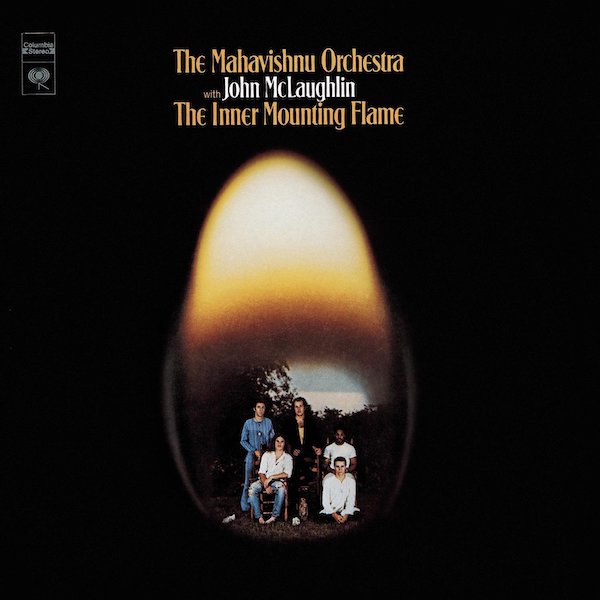
People love to debate which album invented jazz-rock fusion. Most point to Miles Davis’ quiet 1969 masterpiece, In a Silent Way, which unofficially launched his “electric era.” But no LP better crystalizes the genre’s full range — the virtuosity, the vitality, the volume — than the Mahavishnu Orchestra’s debut. Most fusion albums through the early ’70s felt like jazz with a sprinkle of rock heaviness, but guitarist John McLaughlin, a veteran of Davis’ pioneering bands, used a more balanced recipe on The Inner Mounting Flame. Tracks like “Meeting of the Spirits” and “The Noonward Race” were largely grounded in jazz ostinatos, but McLaughin’s distorted solos and Billy Cobham’s funky, gargantuan drums reeled in a new audience who probably owned more Jimi Hendrix than Herbie Hancock. – R.R.
18. John Lennon – Imagine
Imagine sits beside its predecessor, John Lennon/Plastic Ono Band, as the songwriter’s definitive solo work — a radiant merger of rock, folk, blues and pop. While the momentous title track is still exalted as a touchstone of peace and tranquility, the album itself was very much a product of Lennon’s many frustrations: Not only was he begging for an end to the Vietnam War, but he was also perturbed by his crumbling relationship with Paul McCartney. Those feelings, following his ex-bandmate’s court win to break the Beatles’ contractual partnership, fueled the proto-diss track “How Do You Sleep?” Elsewhere, the bluesy chugger “It’s So Hard” details Lennon’s disillusion with just about everything involving human existence — right down to the burden of eating and drinking to stay alive. The album’s overtly political cuts are even more resonant in 2021: the pissed-off protest tune “Gimme Some Truth” and haunting “I Don’t Want to Be a Soldier, Mama.” – B.O.
17. Can – Tago Mago
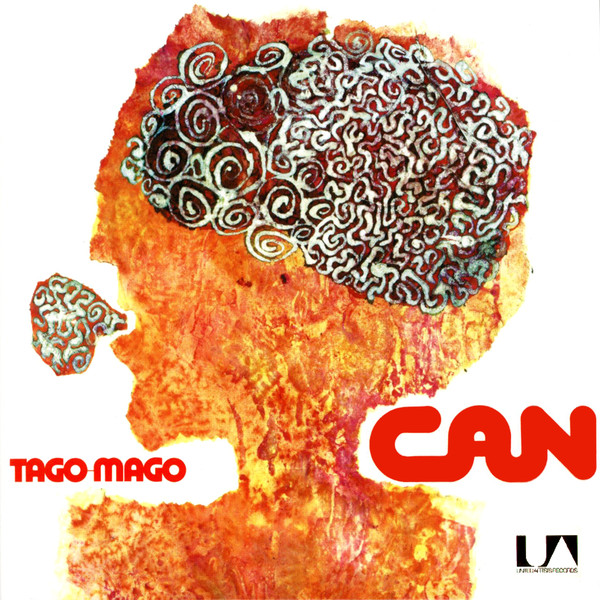
On 1969’s Monster Movie, Can were already too dark and unnerving for the psychedelic movement. But it took months of experimentation — and the recruitment of singer Kenji “Damo” Suzuki, a former busker with a singular grasp of melody and chaos — for the krautrock band to flourish. Tago Mago, their second LP, is where the legend begins. Remnants of psych linger, like Michael Karoli’s hazy guitar riff on “Paperhouse.” But Can occupied their own planet here — colliding warped funk, aggressive noise and prog-like heft on the side two epic “Halleluhwah.” – R.R.
16. Genesis – Nursery Cryme
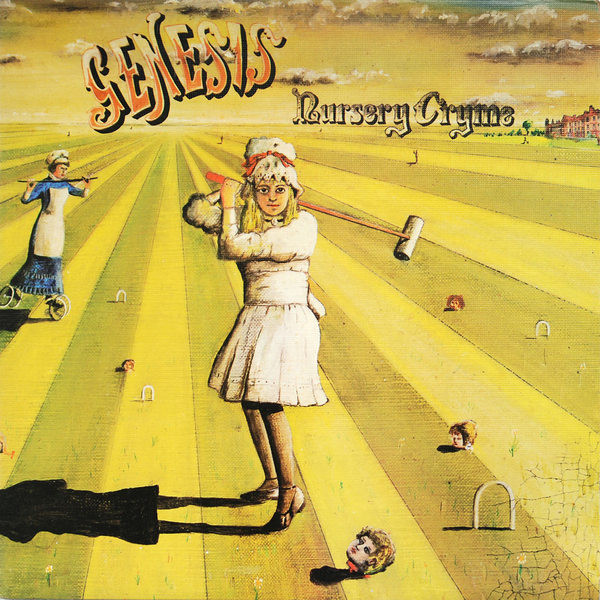
Genesis’ third LP was a turning point (one of several, as it would later turn out) for the then-emerging band: It first introduced drummer Phil Collins and guitarist Steve Hackett, who joined Peter Gabriel, Tony Banks and Mike Rutherford to form the definitive Genesis lineup. These crucial new additions resulted in a dynamic record that marked an upgrade from its predecessor, 1970’s Trespass. With its clockwork musicianship and mythical, surreal lyrics, Nursery Cryme yielded a couple of numbers that became staples of their live repertoire and synonymous with the Gabriel era: “The Fountain of Salmacis,” “The Return of the Giant Hogweed” and the dramatic, 10-minute opener “The Musical Box.” A few gentle pastoral numbers are sandwiched in between the pomposity and whimsy, including the lovely “Harlequin” and “For Absent Friends,” the latter marking Collins’ first lead vocal for the band. – D.C.
15. Yes – The Yes Album
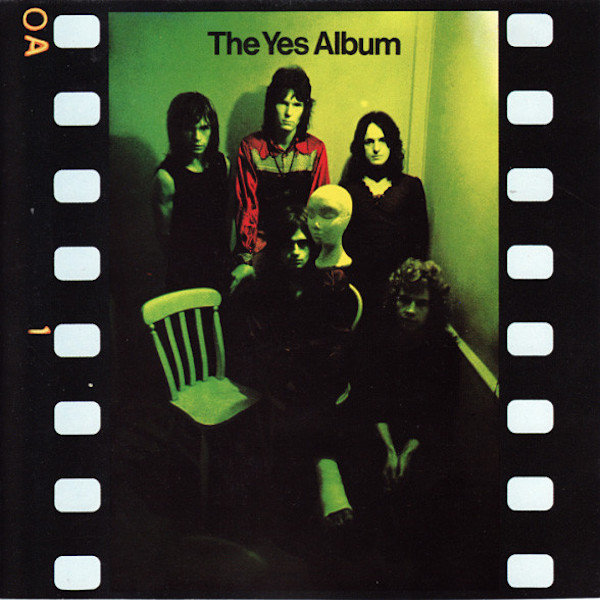
Yes made one of Rock’s Great Leaps on their third album, solidifying their lineup with the addition of Steve Howe. The guitarist’s wild pyrotechnics — drawing on psychedelia, folk, jazz and even country — elevated the band’s balanced attack on anthems like the interstellar three-part epic “Starship Trooper,” rollicking “Yours Is No Disgrace” and pastoral-turned-twangy “I’ve Seen All Good People.” (The addition of keyboardist Rick Wakeman on their second 1971 LP, Fragile, solidified the classic quintet. Speaking of which: How many bands have released two near-perfect albums in one year?) – R.R.
14. Funkadelic – Maggot Brain
Maggot Brain, the third and final album by Funkadelic’s original core quintet, is the pinnacle of their early acid rock — before they became a sprawling collective with a more synth-heavy sound. The title track’s epic 10-minute guitar solo, the late Eddie Hazel’s crowning achievement, looms large over the album. But the six remaining tracks are packed with sludgy rock, like on “Super Stupid,” while the sweet harmonies and gentle grooves of “Can You Get To That” and “Back In Our Minds” evoke the doo-wop style of George Clinton’s original ‘50s vocal group, the Parliaments. – A.S.
13. Paul and Linda McCartney – Ram
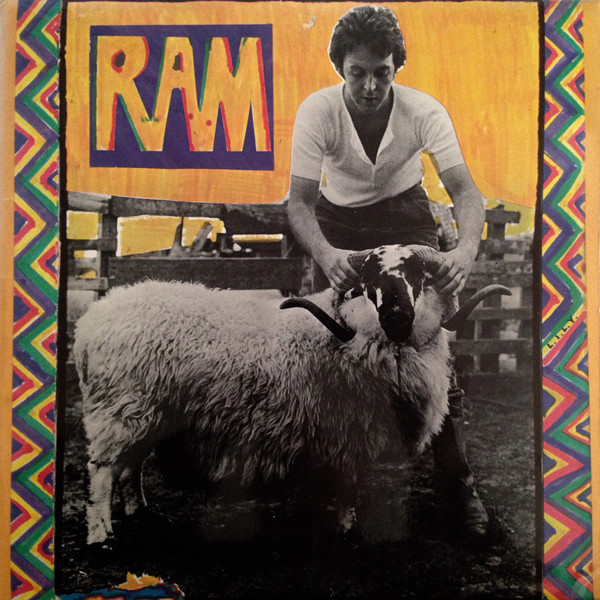
Unlike Paul McCartney’s DIY solo debut from the previous year, follow-up Ram — co-billed to wife and collaborator Linda — was actually recorded with a full cast of humans, including future Wings drummer Denny Seiwell and the New York Philharmonic. Somehow, though, it sounds just as scrappy and ramshackle as that first post-Beatles record — exactly the kind of low-key vibe that could elicit whistling and mouth-trumpet sounds on the ukulele ditty “Ram On.” McCartney tries out everything here: cornball blues-rock (“Smile Away”), fingerpicked folk (“Heart of the Country”) and spastic prog-pop (“Uncle Albert/Admiral Halsey”). Ram is the ultimate anti-algorithm album — these songs have no business sharing wax, and that’s part of the charm. – R.R.
12. Jethro Tull – Aqualung
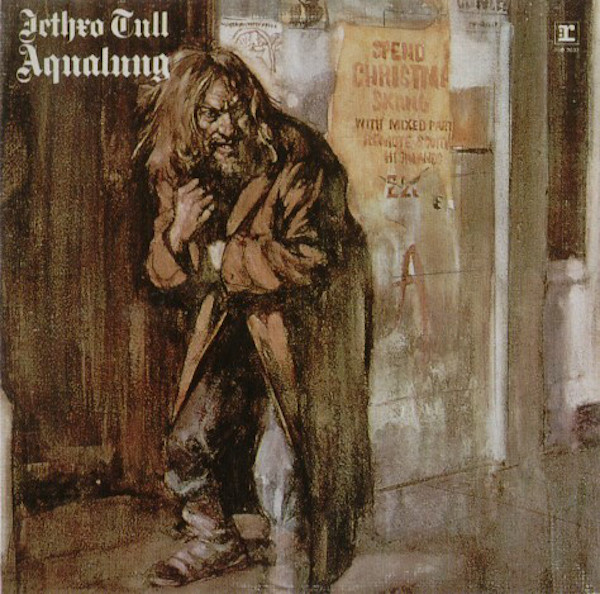
Aqualung, Jethro Tull’s fourth studio LP, is generally considered the British band’s commercial breakthrough, further establishing their shift from blues to progressive rock. It’s often labeled a concept record because of a number of songs explore singer-songwriter Ian Anderson’s pointed critique of organized religion (“My God,” “Wind-Up” and “Hymn 43”). However, Anderson has rejected that idea — though Tull later offered their (somewhat satirical) take on the conceptual trend with 1972’s Thick as a Brick. Along with religion, Aqualung tackled other weighty subjects that remain relevant today, including homelessness (the iconic title track) and population growth (the chugging “Locomotive Breath”). And between the bombastic rockers, Aqualung showcased Tull’s acoustic folk side with “Wond’ring Aloud” and “Mother Goose,” a style further explored on their subsequent albums. – D.C.
11. The Rolling Stones – Sticky Fingers
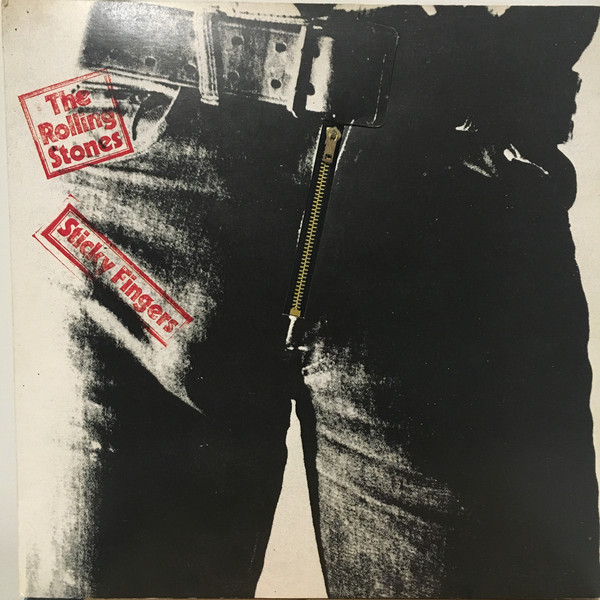
The Rolling Stones’ ninth studio album made an immediate impression with its Andy Warhol-designed cover, which features a man’s bulging crotch and a functional zipper. The songs sealed the deal, with the bluesy “Brown Sugar” and twangy “Wild Horses” helping make Sticky Fingers their first album to reach No. 1 in both the U.S. and U.K. In a 2005 Guitar World interview, Keith Richards called “Can’t You Hear Me Knockin’” one of his favorite Stones tracks. “[With] that jam at the end – we didn’t even know they were still taping,” he said. “We thought we’d finished. We were just rambling and they kept the tape rolling. It was only when we heard the playback we realized: ‘Oh they kept it going. Okay, fade it out there – no wait, a little bit more, a bit more…’ Basically, we realized we had two bits of music: there’s the song and there’s the jam.” – L.L.

